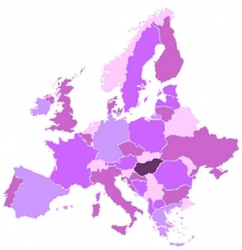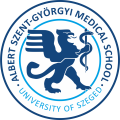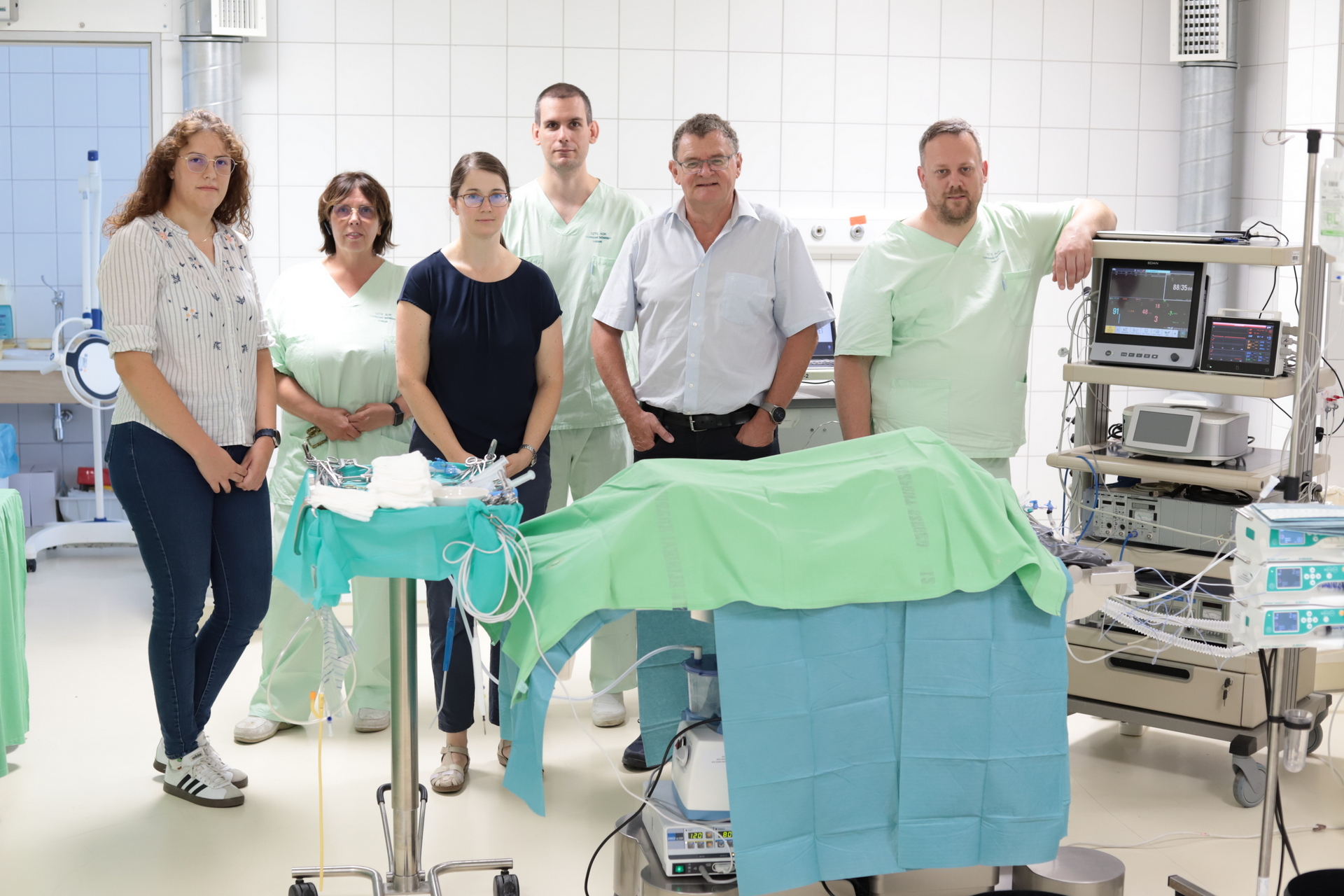University of Szeged
Albert Szent-Györgyi Medical School
Foreign Students' Secretariat
Your Education. Our Mission.

Hungary’s demography and geography

Facts and figures
Official name: Hungary
Area: 93.030 sq km
Population: 2014 estimate -9,877,365
Population density: around 110 per sq km
around 70 % of the Hungarian population live in towns
Capital city: Budapest, area 525 sq km
Time: GMT + 1 hour
Daylight saving time: last weekend of March to last weekend of October
Official language: Hungarian
Look at the map of Europe. Hungary is a small landlocked country in the heart of Europe, in the Carpathian Basin. The greatest distance from North to South is 268 km, from East to West 528 km. The climate is temperate with four distinct seasons – spring, summer, autumn, winter – with minimum temperature –10 C and maximum 20-30 C. The country is fairly protected from environmental pollution.
Geographically, the country is divided into two parts by one of the largest rivers of Europe, the Danube. The Danube also divides the capital city, Budapest which is one of the world’s finest capital cities, the “Pearl of the Danube”, whose wonderful panorama is a UNESCO World Heritage Site.
The other river flowing through Hungary is called Tisza that is one of the main rivers of Central Europe.
Lake Balaton, the so-called “Hungarian Sea” - the largest and warmest lake in Central Europe - is in the western part of the country, in Transdanubia (Dunántúl).
The lowest point of Hungary is at the Tisza river (75 m), the highest point is Kékes Mountain.






